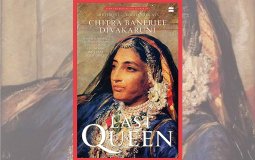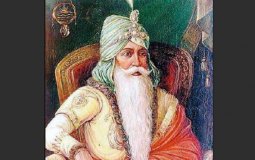The historical novel book titled ‘The Last Queen’ by the famed author Chitra Banerjee Divakaruni makes a fascinating read about the life and struggles of Maharani Jind Kaur known as Jindan, the youngest and the last queen of Sarkar (the Sikh empire).
A very famous diamond, but what is the history behind it? How can technology bring Sikh artefacts alive?
His reign marked a golden age for Punjab and north-west India. Though a devoted Sikh who embarked on a campaign to restore the great monuments of his religion – including the Harmandir Sahib or ‘Golden Temple’ at Amritsar – he also went to great lengths to ensure religious freedom within his lands.
In spite of the adverse circumstances of his time, he never lost his love for literature
...A number of mixed reactions, were observed. They were mostly based on no understanding of politics, nor of the history, of the diamond.
This Friday, Sikhs and local VIPs will gather at a church north of London, close to the Suffolk-Norfolk border, where the Maharaja, his first wife Maharani Bamba, and their youngest son Prince Albert, were laid to rest...
“We’ve been making work about Duleep Singh since the 90s,” Amrit says. “His story is so tragic. He has become a figurehead for Sikhs, a poignant symbol of what we once had and lost.”
While the contribution of Sikhs in forming the modern history of this region is now a less known fact but the annals of history are well aware of the sacrifices made by the Sikh army, under Maharajah Ranjit Singh, in these formidable Karakoram region.
One of the most iconic symbols of Ranjit Singh’s kingdom is the golden throne, now safely housed in London’s V&A museum.









